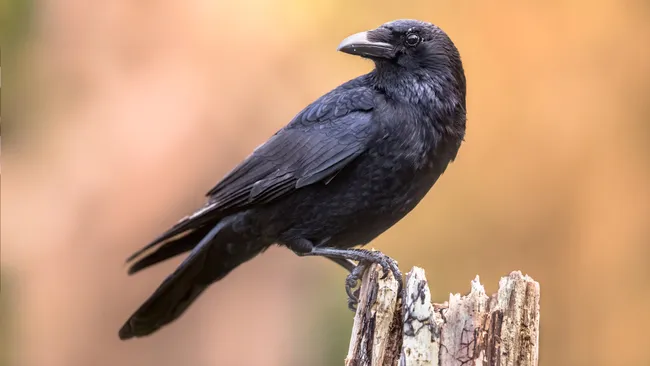For the first time, researchers have observed an animal other than humans performing vocal numeracy.
A surprising new study has revealed that crows can count out loud and may even possess numeracy skills similar to those of human toddlers.
The study found that carrion crows (Corvus corone) can produce a specific number of caws in response to visual or auditory stimuli, allowing them to count out loud from one to four.
This groundbreaking discovery is the first definitive evidence that animals can count by making distinct vocalizations. The findings were published on Thursday (May 23) in the journal Science.
“Producing a specific number of vocalizations with intent requires a sophisticated combination of numerical abilities and vocal control,” the researchers noted in the study. “Our results demonstrate that crows can flexibly and deliberately produce an instructed number of vocalizations using the ‘approximate number system,’ a non-symbolic number estimation system shared by humans and animals.”
Previous studies have shown that various animals, including honeybees, lions, frogs, and ants, possess an inherent numerical sense. Another study indicated that black-capped chickadees (Poecile atricapillus) add more “dee” trills to their alarm calls to signal more significant threats. However, none of these examples provided sufficient evidence that animals share the human ability to count out loud. For instance, in chickadees, the increased frequency of calls could be due to heightened stress rather than deliberate counting.
To seek stronger evidence of vocal animal counting, researchers turned to carrion crows, which are known for their exceptional vocal abilities and understanding of complex mathematical concepts such as zero. In this study, researchers presented three crows with randomly ordered visual and auditory stimuli—Arabic numbers for the visual cues and sounds from different instruments for the auditory cues. Through trial and error, the crows learned that each cue corresponded to a set number of caws between one and four. After vocalizing the correct number of caws (e.g., cawing four times for a cue associated with four caws), the crows were trained to peck the screen displaying the stimuli to signal they had finished. Correct responses were rewarded with a treat.
Once trained, the crows consistently produced the correct number of caws in response to the prompts at a rate higher than chance. Even when errors occurred, they tended to be between numbers that were close together (e.g., three and four) rather than further apart (e.g., one and four).
The researchers suggest that the crows’ counting abilities are comparable to those of human toddlers, who often count using vocalizations rather than numerical symbols.
“This competency in crows also mirrors toddlers’ enumeration skills before they learn to understand cardinal number words and may therefore constitute an evolutionary precursor of true counting, where numbers are part of a combinatorial symbol system,” the scientists concluded.
